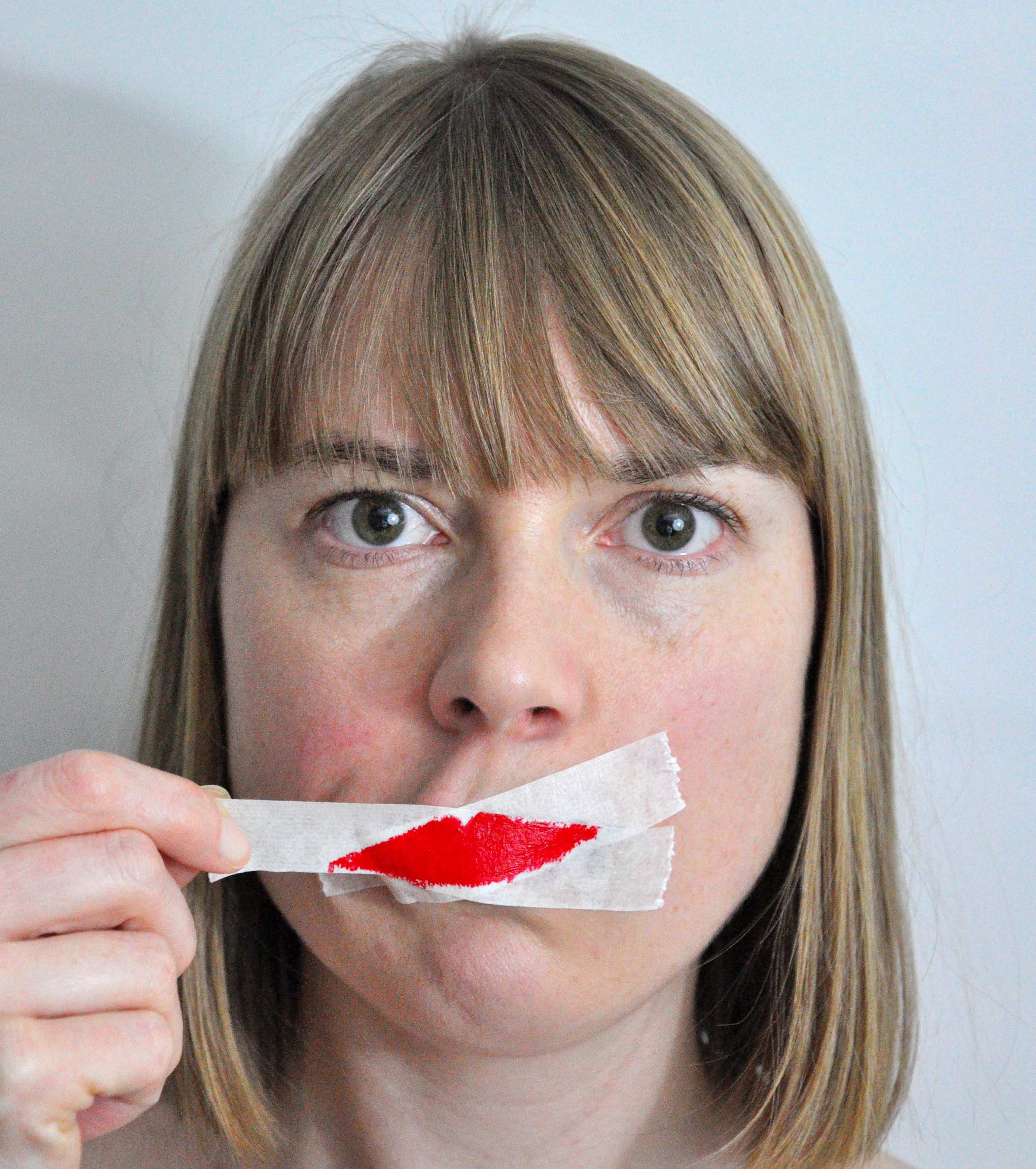Careers
Clémence Vazard (born 1985, France) is a transdisciplinary artist who lives and works between Paris, Arles and Mexico City.
As an artist-researcher, Clemence Vazard gives a voice to women to rebalance our society.
The artist has developed a nomadic practice rooted in the territories she studies, exploring their specific visual and aural environments, rhythms, cultures, legends and the human and non-human beings who live there. The artworks arising from her research are infused with stories and emotions meticulously collected to address political issues through personal testimony.
The artist graduated from Central Saint Martins with distinction in 2022, received a grant from the City of Paris for her project #monpremierharcelement in 2017, a grant from the ADAGP Research Fund for her project "Conversations" in 2023 and has completed artistic residencies at Casa Roga in Mexico City in 2021, at Les Ateliers de la Madeleine in Arles in 2022, and in the Ecuadorian Amazon on the Institut Français creative residency programme in 2024.


